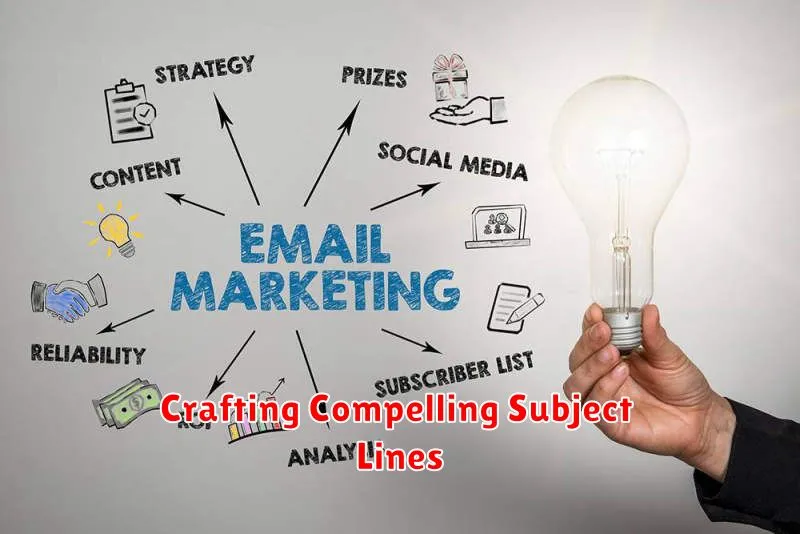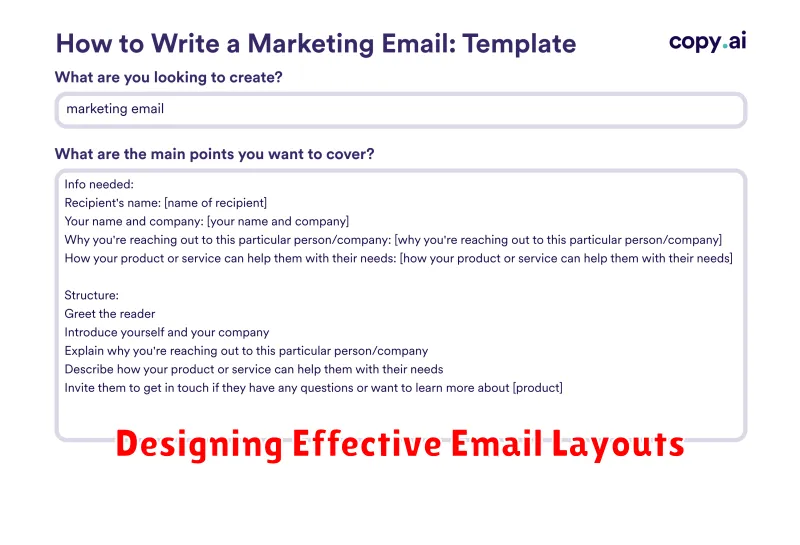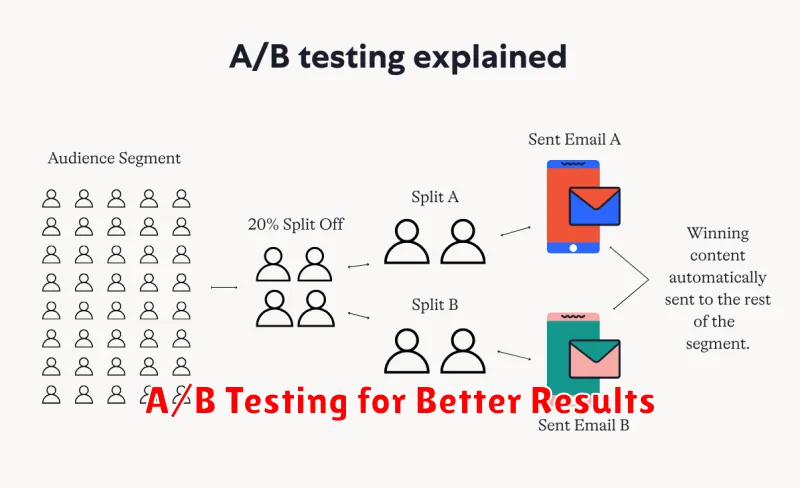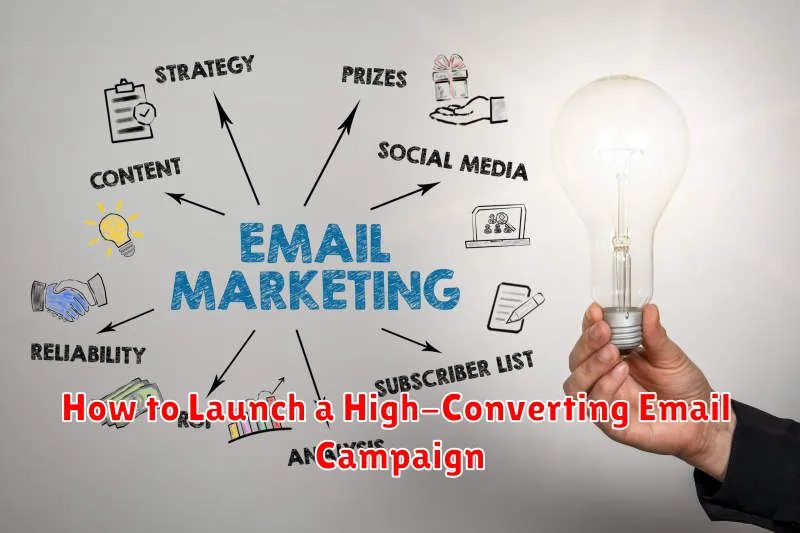Launching a high-converting email campaign is crucial for any business seeking to boost sales, nurture leads, and build stronger customer relationships. A well-executed email strategy can significantly impact your bottom line, driving conversions and maximizing your return on investment. This article will provide a comprehensive guide on how to develop and launch a high-converting email campaign, covering key aspects from planning and design to execution and analysis. Learn how to optimize your email marketing efforts to achieve exceptional results and reach your business objectives.
Whether you’re a seasoned marketer or just starting out, understanding the key principles of a high-converting email campaign is essential. From crafting compelling subject lines that grab attention to designing engaging email content that drives action, we’ll delve into the strategies that separate successful campaigns from those that fall flat. Discover how to segment your audience for targeted messaging, personalize your emails for maximum impact, and implement effective calls to action that encourage conversions. Prepare to transform your email marketing strategy and achieve unprecedented success.
Defining Your Email Goals
Before launching any email campaign, it’s crucial to define clear and measurable goals. Without specific objectives, you won’t be able to track progress or determine the effectiveness of your efforts.
Consider what you want to achieve with your email campaign. Are you aiming to increase brand awareness, drive sales, generate leads, or promote a specific product or service? Clearly defined goals will shape your strategy and inform your content creation.
Some common email marketing goals include:
- Lead Generation: Capturing contact information from potential customers.
- Sales Conversions: Encouraging recipients to purchase products or services.
- Website Traffic: Driving visitors to your website to explore content or make purchases.
- Brand Building: Increasing brand recognition and fostering customer loyalty.
Once you’ve identified your primary goal, establish key performance indicators (KPIs) to track progress. These metrics will help you evaluate the success of your campaign and make necessary adjustments.
Segmenting Your Audience
Segmentation is crucial for a successful email campaign. It allows you to tailor your messaging to specific groups, increasing engagement and conversions. Sending generic emails to your entire list often leads to lower open and click-through rates, and ultimately, fewer conversions.
Consider these common segmentation criteria:
- Demographics: Age, gender, location, etc.
- Behavior: Past purchases, website activity, email engagement.
- Interests: Products or content they’ve shown interest in.
- Engagement Level: How frequently they open or click your emails.
By dividing your audience into smaller, more homogenous groups, you can craft targeted emails that resonate more effectively with each segment. This personalized approach leads to higher open rates, increased click-throughs, and improved conversion rates.
Crafting Compelling Subject Lines

The subject line is the first, and often the only, impression you make on a potential customer. A compelling subject line can significantly increase your email open rates, while a poorly crafted one can land your message directly in the spam folder. It’s crucial to invest time and effort in creating subject lines that grab attention and entice recipients to open your email.
Consider these key elements when crafting your subject lines:
- Brevity: Keep it concise. Aim for around 50 characters or less to ensure it displays correctly across various devices.
- Clarity: Clearly communicate the email’s value proposition. Recipients should understand what they’ll gain by opening the email.
- Urgency: Create a sense of urgency or exclusivity, but avoid misleading tactics. Use time-sensitive language sparingly.
- Personalization: Incorporate the recipient’s name or other relevant information when possible to enhance engagement.
- Testing: A/B test different subject lines to determine which resonate best with your target audience and yield the highest open rates.
Designing Effective Email Layouts

A well-designed email layout is crucial for grabbing your readers’ attention and driving conversions. Prioritize a clean, uncluttered design that is easy to scan and navigate. Mobile responsiveness is essential, ensuring your emails display correctly on any device.
Consider using a single-column layout for mobile optimization. This approach simplifies reading on smaller screens and prevents horizontal scrolling. Strategic use of whitespace enhances readability and visual appeal. Break up large blocks of text with headings, subheadings, bullet points, and short paragraphs.
Place your primary call to action prominently within the email, making it easy for recipients to take the desired action. Keep the design consistent with your brand, using your brand colors and fonts to reinforce brand recognition.
Testing different layouts with A/B testing helps determine what resonates best with your target audience. Analyze metrics like open rates, click-through rates, and conversions to optimize your email layout for maximum effectiveness.
A/B Testing for Better Results

A/B testing is a crucial step in optimizing your email campaigns. It involves sending two slightly different versions of your email to two segments of your audience. By analyzing the performance of each version, you can determine which elements resonate better with your subscribers and iterate on your design for improved results.
Key elements to test include subject lines, email copy, call-to-action buttons, and sending times. Focus on testing one element at a time to accurately isolate the impact of each change. For example, create two versions of your email with different subject lines but identical body content. Analyze the open rates for each version. The version with the higher open rate likely has the more effective subject line.
After you’ve identified the winning variation, implement it in your next email campaign. Continue A/B testing different elements to continuously improve your email performance and maximize conversions.
Analyzing Open and Click Rates
Analyzing open and click rates is crucial for understanding the effectiveness of your email campaign. Open rates reveal how compelling your subject lines are and how well your email list is segmented. A low open rate suggests issues with deliverability, subject line relevance, or sender reputation.
Click rates, on the other hand, measure how engaging your email content is. They show how many recipients clicked on a link within your email. A low click rate may indicate that your content isn’t resonating with your audience, your calls to action are weak, or your email design needs improvement.
Regularly monitoring these metrics allows you to identify areas for improvement and optimize your future campaigns. Track changes in open and click rates over time and correlate them with changes you make to your email strategy. This data-driven approach is essential for maximizing your email marketing ROI.

